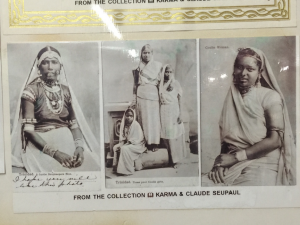Part of what interested me most from these readings so far is Francis Galton’s definition of eugenics as “science which deals with all influences that improve the inborn qualities of a race; also with those that develop them to the utmost advantage” (79). This makes it seem so clinical, unbiased, and harmless—even inarguable. If the only goal of this so-called “science” is to improve the human race, how bad could it be? The mobilization of science in this way is extremely dangerous as it shrouds the inherent racist biases in what are supposed to be facts and legitimate scientific methods.
At the same time of reading this text, in another class I read Home by Toni Morrison which deals with many things, one of which being eugenics. One of the main characters, Ycidra, is employed by a white doctor in Georgia to help schedule his appointments and keep track of his scientific work. Ycidra discovers that this doctor is heavily interested in eugenics and is mainly “helping” the poor community of Atlanta. He administers shots and medicines he concocted himself to Ycidra. She nearly dies, however after a recovered she learns that she will never be able to have children. Morrison’s Home sheds light on the atrocities committed in the name of a false science as Ycidra is a victim of the forced sterilization of black women as a direct result of eugenics programs in the United States.
Reading these two texts side-by-side was enlightening because reading Galton’s “Eugenics: its Definition, Scope and Aims” allowed me to understand the thinking of people who believed in its message and how these racist ideologies were presented to the public through the ruse of science, and Home by Toni Morrison humanized the issue further by illustrating the experience of an unsuspecting woman who was abused by a doctor that justified sterilizing her without her knowledge or consent because, in his opinion, it was for the good of the human race.

Recent Comments